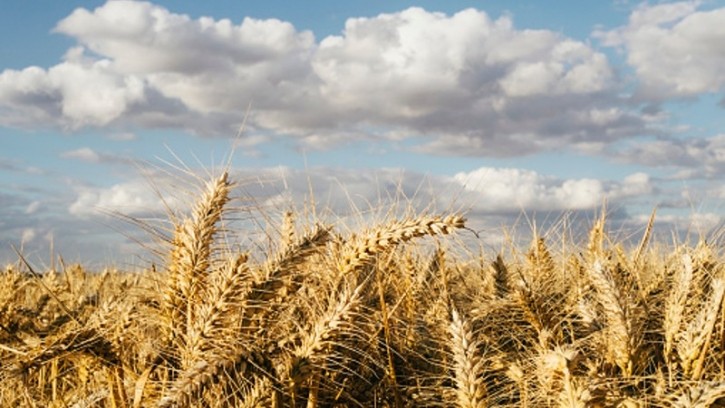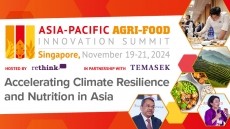Food security stability: Japan expresses cautious optimism for national self-sufficiency rates after positive 2023 data

Japan has a national target to raise its food self-sufficiency rates to 45% on a calorie basis and 75% on a production basis by 2030, but has suffered a number of setbacks in past years particularly when its 2021 numbers hit a decade-low.
The East Asian nation has long acknowledged that its self-sufficiency rates have been on the decline for several decades, and that it stands at the ‘lowest level amongst developed countries’ internationally.
But with FY2022 and FY 2023 numbers finally seeming to have stabilised, the ministry has expressed cautious optimism that things may be looking up.
“The food self-sufficiency rate for FY2023 on a calorie basis has managed to maintain at the same rate as FY2022 at 38%, due to positive factors including increased wheat production and decreased consumption of oils and fats,” MAFF said via a formal statement.
“For self-sufficiency based on food production, the amount of imported foods remained about the same as FY2022, but international grain prices and production material prices stabilised and the total amount of imports decreased.
“This was especially so for livestock products and oils and fats, and all in all these factors led to a rise of 3% from FY2022 to 61% in FY2023.”
The food self-sufficiency rate is an measurement showing the ratio of domestic food production to the domestic food supply, used to analyse the state of domestic food production and consumption in the country.
For comparison, Canada has a food self-sufficiency rate of 204% from a calorie basis and 101% from a production basis, Australia’s is 233%/119%, the United States’ is 104%/77%, and the United Kingdom’s is 58%/61%.
MAFF also measures self-sufficiency based on the food self-sufficiency index, which estimates the maximum amount of food that can be produced domestically with no imports or outside food sources.
The major crop categories that are included in calculations for the self-sufficiency index are 1) Rice and wheat-based crops, and 2) Potato-based crops.
“The food self-sufficiency index for FY2023 for rice and wheat-based crops was 1,752 kcal/capita/day – this was 16 kcal/capita/day higher than in FY2022,” said the ministry.
“This was because increased wheat yields from existing farmlands outweighed the negative impacts of decreases in farmland area.
“For potato-based crops, the index was calculated at 2,362 kcal/capita/day – this was 24 kcal/capita/day lower than in FY2022, mainly due to a decrease in labour and farmland area, but will exceed the estimated energy requirements (2,167 kcal/capita/day) for the nation.”
Estimated energy requirements refer to the estimated amount of energy needed to maintain and neither gain nor lose weight.
Challenges not over
Despite the stable numbers across 2022 and 2023, Japan continues to face a ticking time bomb in terms of domestic food production as its population and farmer demographics simply are not at sustainable numbers from a agricultural perspective.
“In recent years, the food self-sufficiency index has remained stable in areas where rice and wheat are the main crops due to an increase in the yield – but potatoes require more labour, and when these are the main crops, we see that the index has been declining due to a decrease in labour,” said the ministry.
“As such, in order to maintain and improve food self-sufficiency, in addition to securing farmland and increasing yields it is also important for us to secure labour and improve labour-saving technologies.”



















